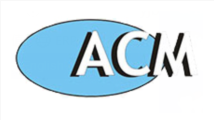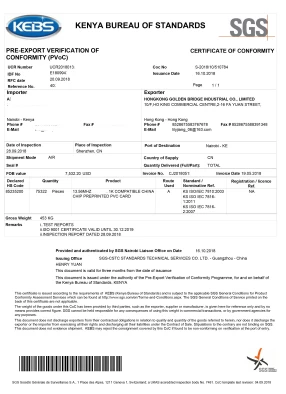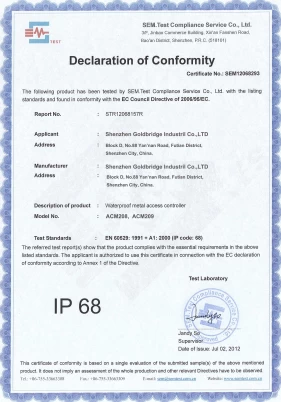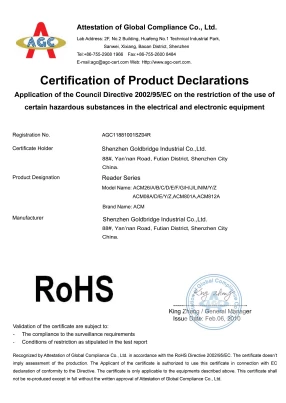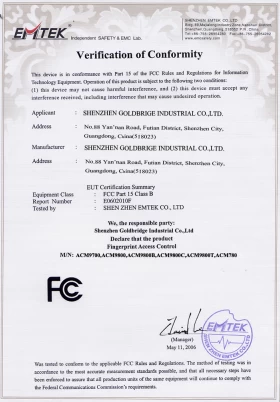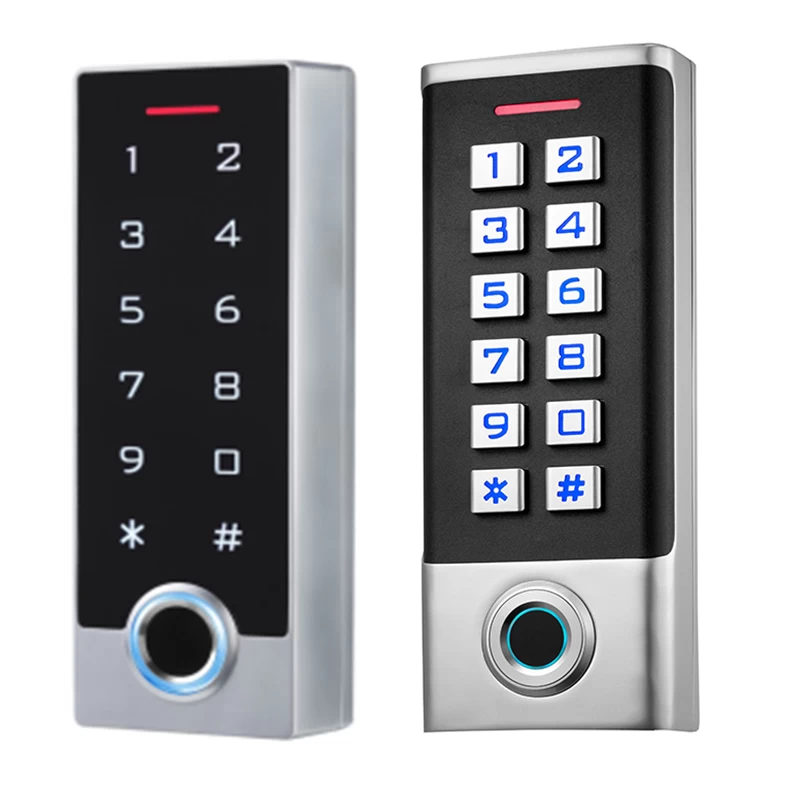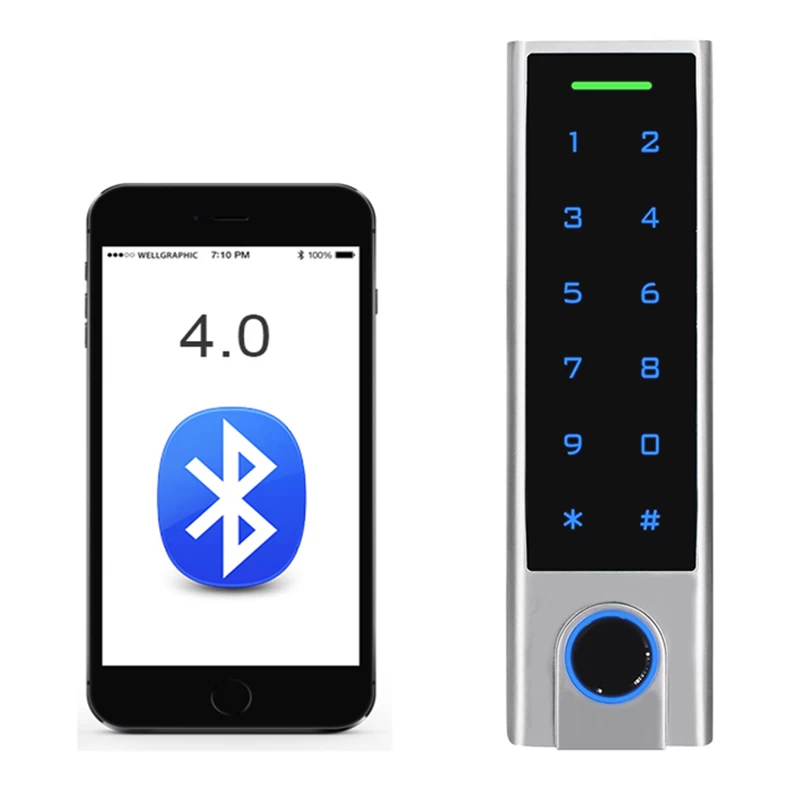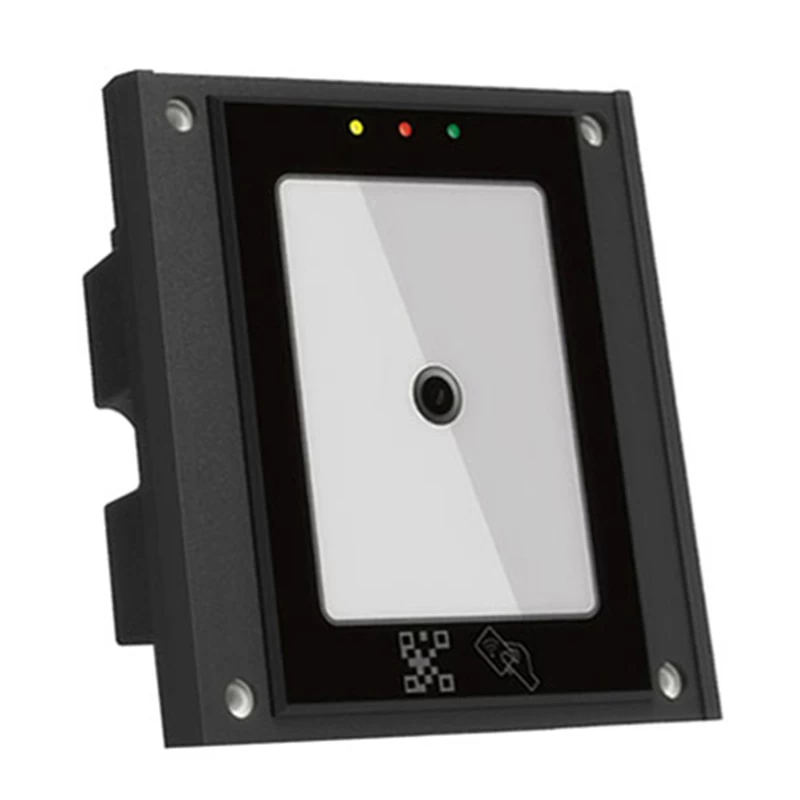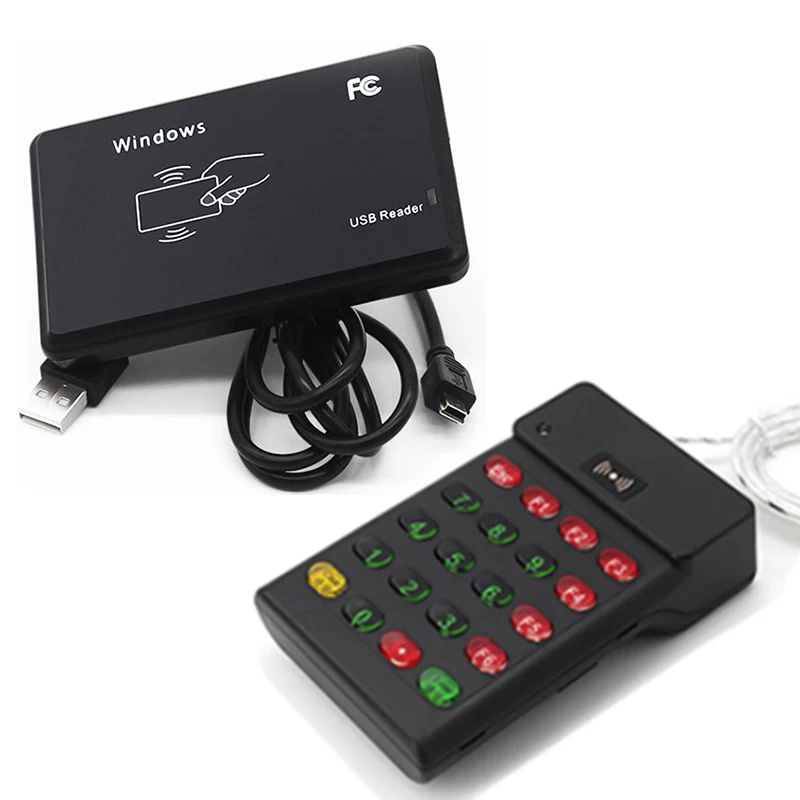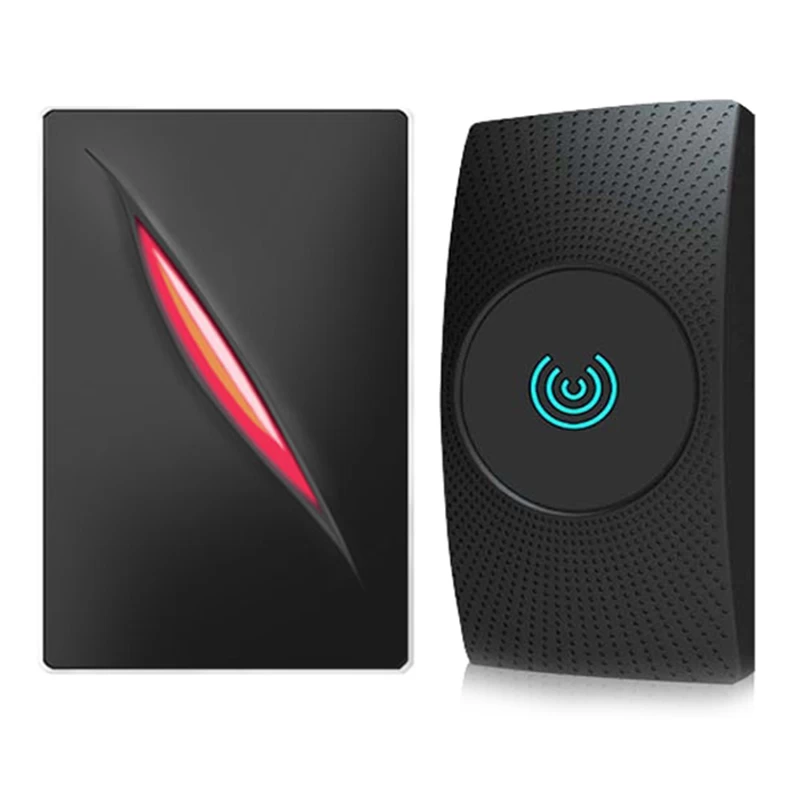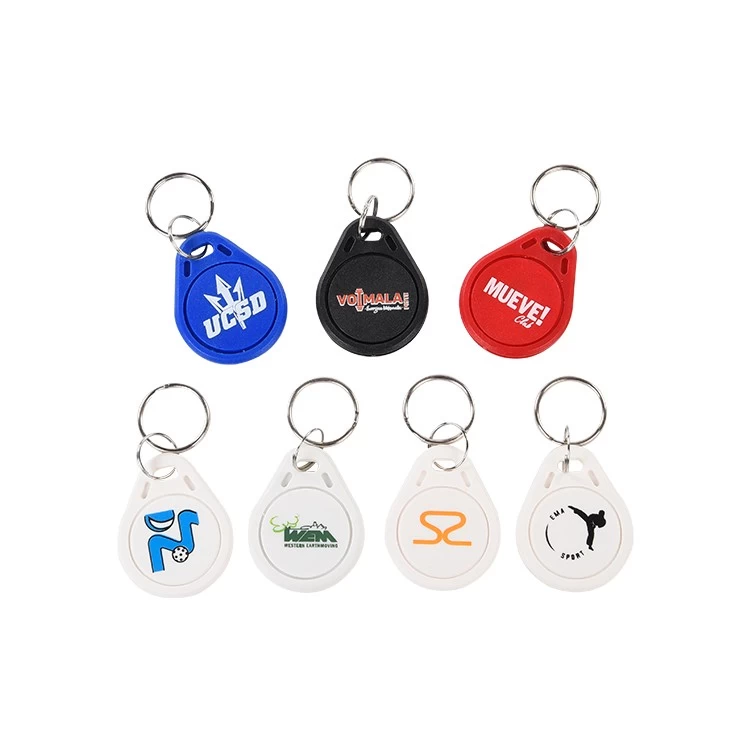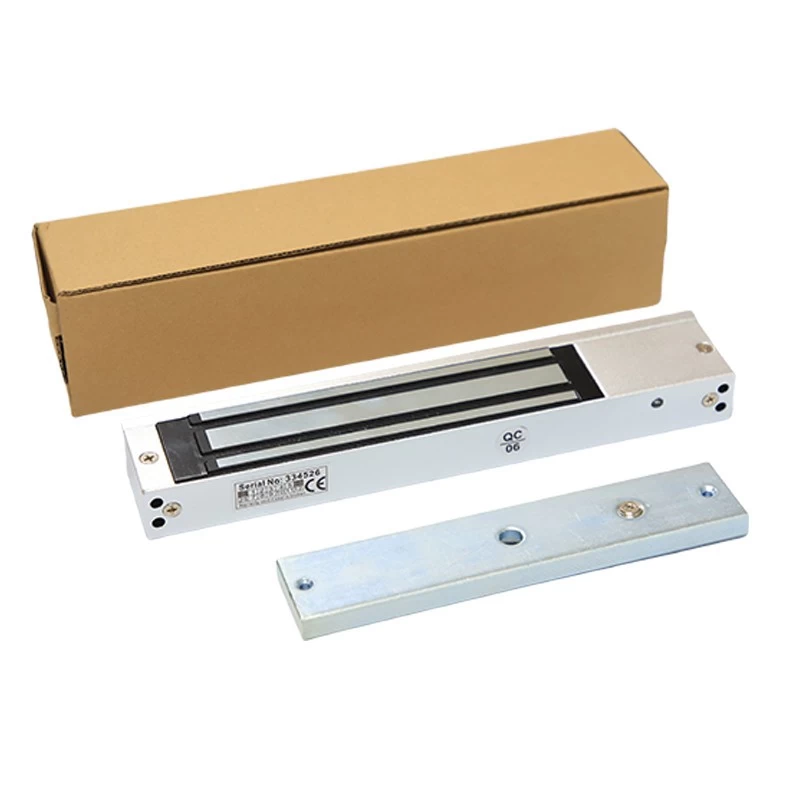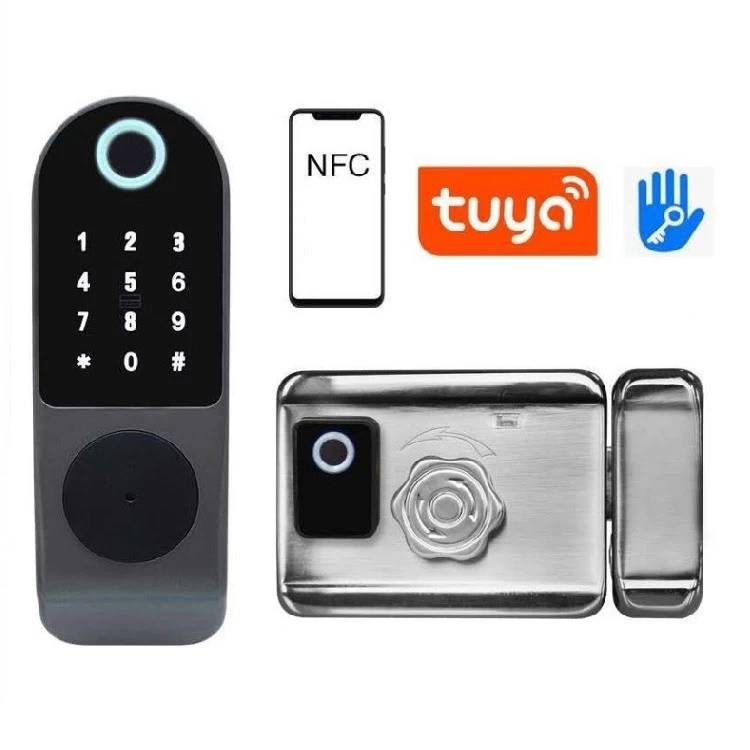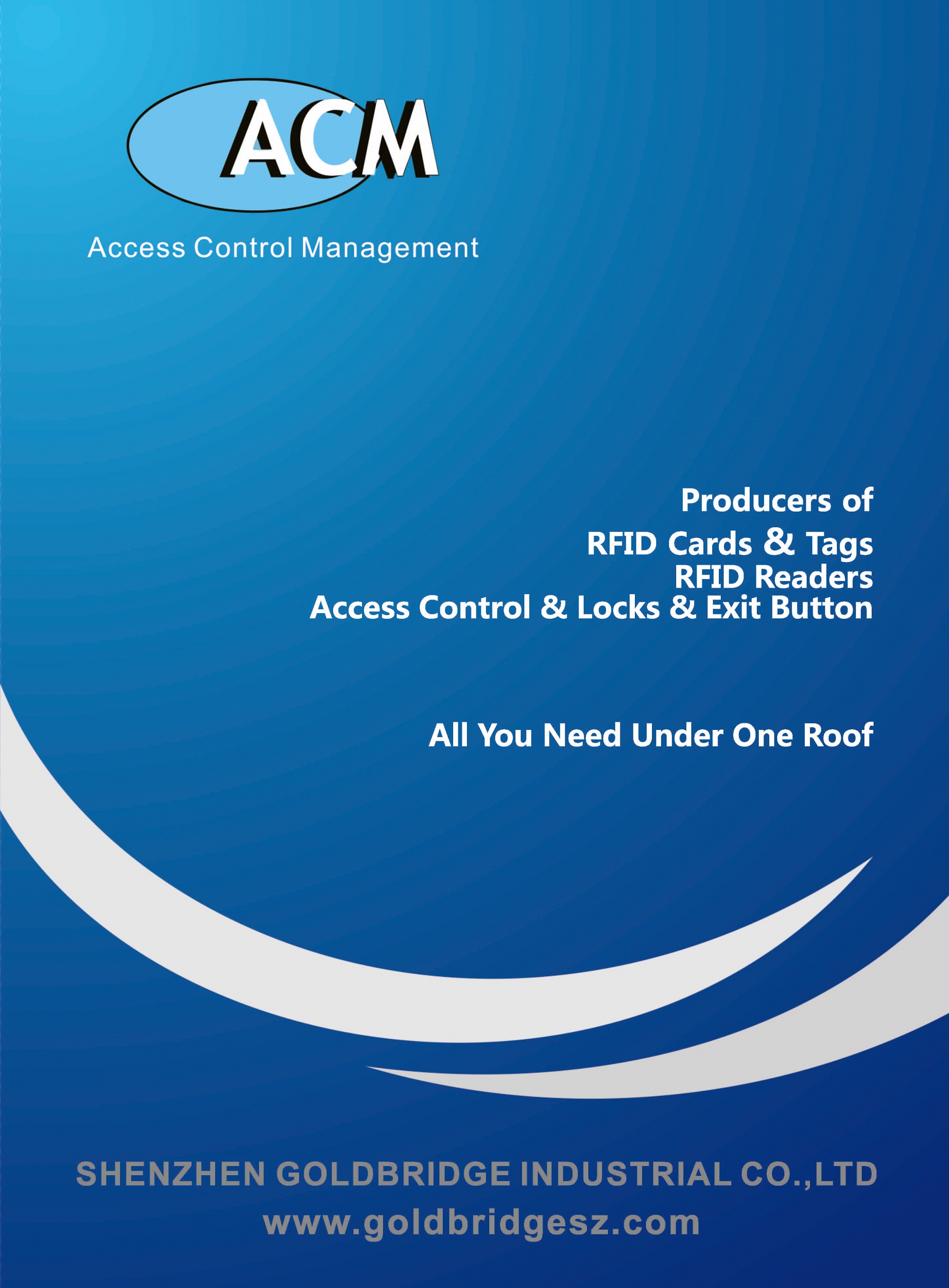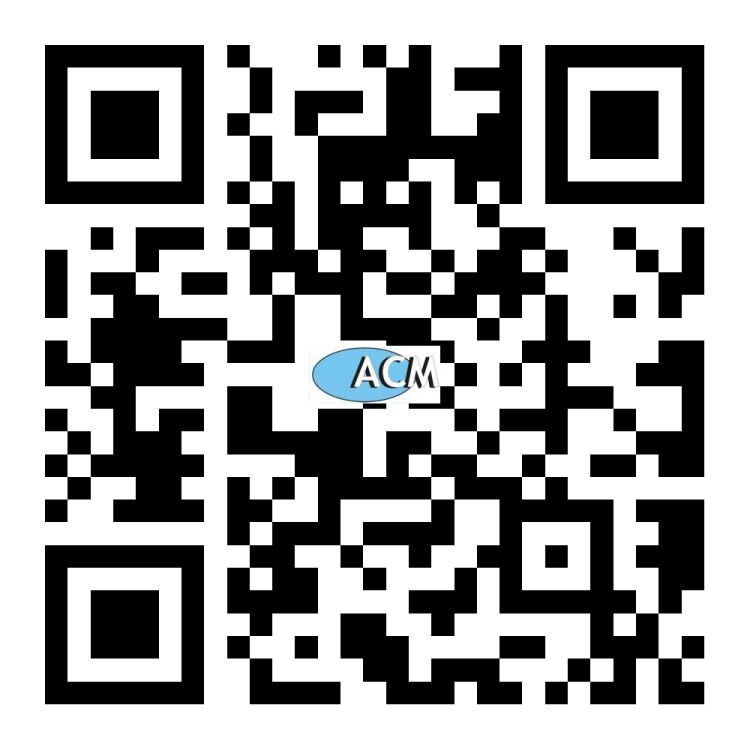A mobile workstation that completes inventory counting faster and more efficiently than handheld dev
RFID PowerStation is equivalent to a mobile workstation with wheels, which can accommodate laptops, UHF RFID readers, printers and antennas. According to the company, its partners can sell solutions that are faster and more effective than handheld readers, and can enter the small space of the warehouse in a way that other readers cannot. The system was created in 2019 to serve a large global online retailer. The retailer has used DTG products and is looking for an RFID solution to help it manage its returnable transport items (RTI) and packaging materials.
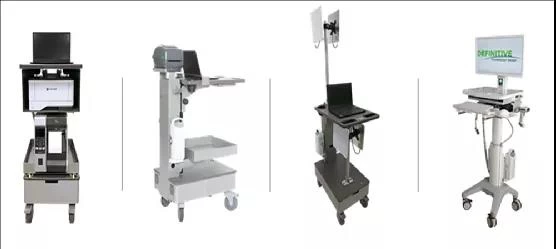
DTG designed the system for customers and is currently commercializing it through distributors. The company’s founder and head of business operations Steve Shaheen (Steve Shaheen) said, “Our uniqueness is that we can custom design mobile workstations to meet customer needs. Although there are many other RFID reader carts Iterations of similar products, but they are often pieced together, unlike the products developed by DTG. Therefore, we want to bring this product to the market."
DTG, headquartered in Massachusetts, was established in 2014 and traditionally provides battery solutions for powering mobile systems. The company has developed a lithium iron phosphate hybrid battery system for the medical industry to obtain electronic medical record (EMR) data. Shahin said that the company subsequently discovered opportunities for notebook computers, printers and scanners to process raw materials in warehouses and other places. These equipment can be used in warehouses and other places.
The online retailer asked DTG to provide a mobile solution that can count items that are not part of its product inventory. Shahin explained: “The retailer wants to count handbags, reusable Gaylord containers, corrugated cardboard and packaging materials. If these materials are not enough in stock, then nothing will be shipped.” Traditionally, This online retailer counts these materials manually, which is not only labor intensive, but the results are often inaccurate. In the past, DTG consumed a lot of labor to ensure that nothing was lost, so DTG now seeks RFID solutions to reduce the time required to manually count these items.
DTG worked with retailers to identify an RFID supplier that can provide readers and antennas, and developed this mobile, power-powered cart. The company designed a concept and a prototype in about 8 weeks. RFID PowerStation was born from this, and the concept was verified at five sites last summer.
Shahin said: "For such a mobile reader cart, the challenges are manifold. This requires not only a flexible mobile solution, but also flexibility to adapt to various sites and various layouts." The company’s carts are equipped with a height-adjustable antenna array and a battery system that can support computers and RFID readers across shifts, as well as various printing needs.
PowerStation consists of DTG's hot-swappable battery solution, which means that the power supply device on the cart can replace the battery, so that the cart can continue to run. William Michalek, vice president of channel development at DTG, said the device can accommodate four RFID antennas on a telescopic pole. The reader can emit energy up, down, and from the side, but in order to ensure that a valid reading area is included, the user can manage the reading range with the help of filters and gain adjustments. These carts are designed to scan 4x4 foot pallets from 16 to 20 feet from the sides of the cart.
For example, in a row of 10 4-foot-deep trays, the user can simply push the cart in the aisle at normal walking speed, and the cart will simultaneously read the tags in all the trays. Shahin said: “It takes a lot of time to complete this work manually. The system also supports handheld readers with Bluetooth or Wi-Fi connections, which can be used to extend the range of tag reading, and then connect to the laptop on the cart. The software transfers the read data back to the server. In the case that PowerStation cannot go deep, the handheld device expands the reading range of the mobile workstation."
Mike Clark pointed out: "This mobile workstation device is not made to replace handheld devices. It is a complement to handheld devices." According to the company, PowerStation is easier to operate than forklifts due to its small size. It is 22 to 41.5 inches tall, 30 inches wide, and weighs 75 pounds. The antenna can be moved up and down on the telescopic pole, up to 10 feet, and it is also equipped with an adjustable four-port RFID reader bracket. The workstation is ergonomically designed and can "easier, safer, and more efficiently" read large-scale inventories.
The retailer compared the inventory counting methods of manual and RFID workstations during the proof of concept. Through manual methods, the company was able to obtain inventory information with an accuracy of 70%, which was the result of the second inventory. With PowerStation, the accuracy rate reached 100%. Manual statistics need 25 minutes, while carts only need 17 minutes. Shahin said this means that more than 25,000 handbags can be read in less than 15 minutes. The operation of the cart is more precise and fast.
The beta testing of the five sites lasted about six months. DTG made some adjustments to the antenna bracket to ensure that it does not exceed the width of the cart and uses lighter cart materials. According to the company, this cart can now be used in any inventory counting application, can be used for cycle counting in warehouses or stores, and can also be used in hospitals. In addition, Mike Clark said, the mobile workstation eliminates the need for employees to manually check inventory, which helps reduce the risk of warehouse workers being injured.
The company is currently working with a manufacturer to provide a system for tracking goods in the factory. It is also used to count the number of personal protective equipment and masks in hospitals. Shaxin said: "This is a powerful RFID system. When the company needs a long distance and a wider reading area, PowerStation can help." In addition, some RFID companies are also using DTG's battery system for RFID reading. Power supply to equipment, such as readers deployed on forklifts. He added, "DTG has no intention of becoming an RFID company. We are here to support RFID companies."
For more information please contact sales@goldbridgesz.com
